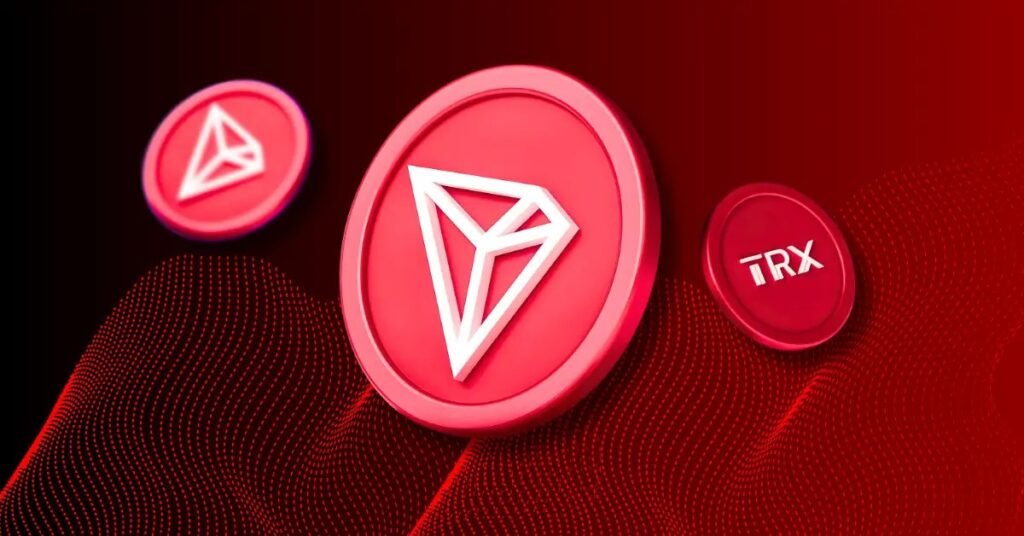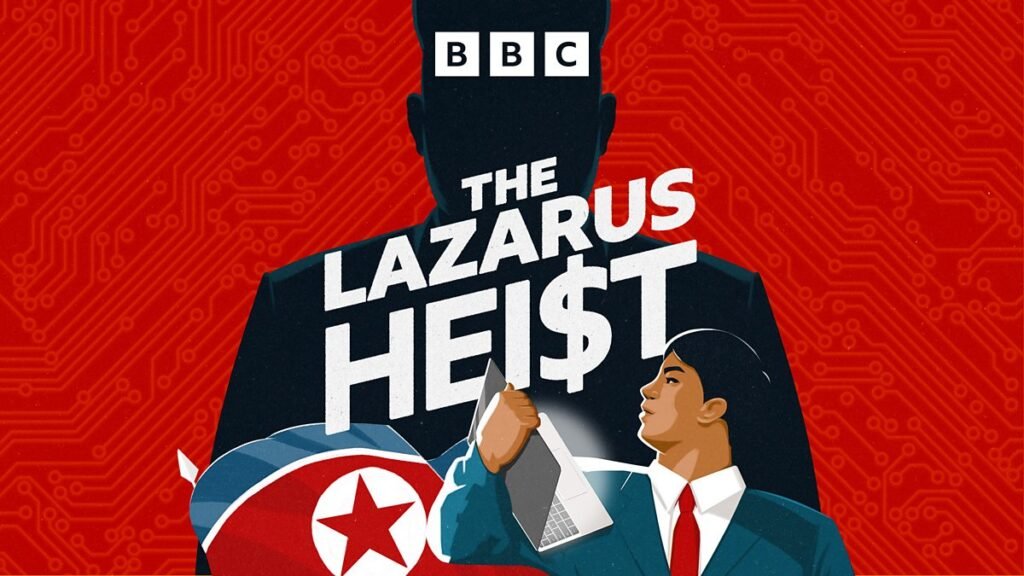On June 16, 2025, blockchain company Tron, led by controversial crypto entrepreneur Justin Sun, announced it will go public in the United States through a reverse merger with SRM Entertainment, a company already listed on the stock exchange . This complex financial move allows Tron to skip the traditional Initial Public Offering (IPO) process while strengthening its institutional presence and market trust.
Following the announcement, SRM’s stock surged by nearly 700%, reflecting intense investor interest . SRM also revealed plans to raise an additional $100 million to invest in Tron tokens, focusing on growing TRX value and expanding the Tron ecosystem.
This merger signals a new phase for the crypto industry: blockchain companies are increasingly choosing alternative public entry strategies that lower regulatory barriers and costs. However, this approach comes with risks — including stock volatility and unpredictable regulatory responses.
Why does it matter?
Greater institutional visibility: Going public allows more investors to engage with Tron’s token and business model.
A new path for crypto firms: Reverse mergers may become a popular route for decentralized projects.
Market caution needed: As crypto meets traditional finance, price volatility intensifies — as seen with SRM’s stock explosion.
The crypto world is now closely watching how this merger unfolds and how Tron manages its token and investor strategies. If successful, it could mark a new era in how blockchain companies grow and raise capital.





